Warning: This post contains spoilers.
The simulation of morality is nothing new. Much of moral philosophy for instance, relies on thought experiments such as the Heinz Dilemma, the Trolley Problem, and the Ticking Bomb Scenario in order to better explain, discuss, and grapple with various moral and ethical conflicts. We may even think of moral simulation as being as old as religion itself, which often uses parables and the promise of moral judgment upon death to exemplify and promote righteous behavior. In simulations such as these, we can better understand how we have come to understand what constitutes as right or wrong, as well as judge the morality of our own actions and beliefs. More recently, moral simulation has spread beyond the realms of philosophy and religion, addressing the secular mainstream and even finding itself as a type of commodity in the form of video games.
Morality and systems used to simulate and measure it have become important features of many popular role playing game series, including Fallout, Mass Effect, and Fable. In a lot of these cases, players are awarded points based upon their actions, with these points determining where they fall on some form of moral spectrum. Depending on where they fall on said spectrum, they will receive different types of powers, appearance modifications, and—perhaps most importantly—different narrative endings. In all of the franchises I have mentioned, as well as most other big budget, studio produced games, multiple playthroughs are allowed so that players can start from scratch and try an entirely different approach to morality. Perhaps on one playthrough the player will behave heroically in order to experience the “good” content of the narrative and gameplay, while on another playthrough, they will behave villainously in order to experience the “evil” content.
Games such as these have become an important object of analysis in videogame scholarship, particularly through the lens of scientific, psychological studies. Daniel Shafer for instance, conducted a study on morality and enjoyment in such games, analyzing the reactions of test subjects to determine whether or not there was a correlation between the concepts. He found that those who acted morally and those who acted immorally enjoyed the game equally, but also that those who acted morally tended to connect and empathize with the characters on the screen, while those who acted immorally distanced themselves from their actions. Marina Krcmar and Drew P. Cingel preformed a similar study, but rather than question subjects after gameplay, they attempted to gauge player reasoning as the choices were made, using what they refer to as a “think-aloud protocol.” This study was aimed less at whether or not moral/immoral choices were made or the effects of those choices, and more on why and how players made moral decisions. In general, the authors noted that those behaving morally in games seemed to draw on personal experiences outside the game, which contradicts the idea that game play takes place in a special cognitive space separated off from the real world (what other game scholars sometimes posit as “the magic circle”).
Perhaps the most consistently discussed aspect of morality discussed by scholars and critics with respect to video games is violence. From games such as the Grand Theft Auto series, which allow for wanton destruction, murder, theft, and vehicular manslaughter, to the recently released Hatred, which is essentially a mass-shooting/genocide simulator, violence in gaming has come under a lot of fire from the media. There have been debates as to whether or not there is a correlation between violent games and violent behavior, as well as how these games are distributed and rated. While a lot of the discussion starts with particularly extreme cases such as the games listed above, debates surrounding violence in gaming have spread to other game franchises, including games that include moral choices.

Violence as it turns out, is an incredibly consistent feature in gaming, which in some ways has a lot to do with what computers are capable of rendering and reacting to. As blogger Chris Franklin explains, the majority of modern games are some form of spatial simulation, which is a system that is vast in its ability to render different images, places, and objects, but limited in the sense of what actions can be taken by the player. In general, spatial simulation presents a scenario in which a player is faced with a threat, which they must eliminate. Whether Mario is hopping onto the head of a Goomba in Super Mario Bros., Sonic is spin-dashing through a wave of robots in Sonic the Hedgehog, or Master Chief is gunning down waves of aliens in Halo, combat becomes synonymous with gameplay.
While this is not to say that playing or creating violent games is immoral, violence nevertheless complicates and perhaps even pollutes games centered on moral decisions. Commander Shepard, the protagonist of BioWare’s Mass Effect series, is still forced to kill others, whether or not you have decided to play as good or evil, and the killing of henchmen has no bearing on the game’s ultimate moral judgment of the character or your playthrough. In some cases killing is judged as morally correct, as in Fallout: New Vegas, which awards a player in-game points called Karma if he or she chooses to murder an immoral character. As Matthew Charles of Geek and Sundry points out, morality is often either too simple or shallow, with most moral judgments being limited to specifics moments in the game’s narrative during which only a few extreme options are available.
This is perhaps why Toby Fox’s Undertale, an independently developed computer role-playing game in which a player can defeat every enemy without resorting to violence, made such a splash upon its release in September of 2015. Playing as a child who has fallen into an underground world filled with monsters, the player must guide the protagonist through the mysterious new land in order to find his or her way home. On the way, the player will be confronted by plethora of different monsters, ranging from adorable to comical to terrifying. Unlike most RPGs, however, each monster can be spared if the player can dodge the creature’s attacks long enough to calm it down, either by talking, flirting, dancing, joking, or performing a number of other options that vary based on which monster is attacking you. Dodging occurs during a bullet-hell game, while talking, flirting, etc. are chosen via a set of dialogue options given when clicking the “ACT” button.
While a single playthrough of the game is relatively short in comparison to other role-playing games, the amount of content within the game is dense, as each choice you make might influence later dialogue or events. The three main ways to play the game are the “pacifist” style, in which you do as the game recommends and kill no one, the “genocide” style, in which you kill every fightable creature in the game, and the “neutral” style, in which you kill some but not all enemies. Depending on which path you take through the game, the world, characters, and even the general tone of the narrative changes drastically.
Undertale sets itself apart from other games in a lot of ways, but for this post I will attempt to restrict my analysis to how it operates as a game of moral choice in relation to other games that take morality into account. Even from a quick glance, one might already spot some major differences between Undertale and some of the previously mentioned games. There are no moral red and blue sliders in the game to depict where you fall on an ethical spectrum; there are few dialogue options, none of which carry any moral weight; and though it is later revealed that your EXP. stands for “execution points” and that your LV. is actually your “level of violence,” a player beginning the game would have no clue that these acronyms, which normally mean “experience points” and “level,” are displaying anything similar to morality points.
Something else we might note is that although other games seem to take a utilitarian approach to morality—displaying good as being the most beneficial for all and crimes such as murder being justified if they lead to favorable outcomes—Undertale favors a more Kantian approach, showing that killing is always wrong no matter what the situation is and that your enemies must not be treated as a means to an end, but as ends themselves. Perhaps the most powerful feature of morality in Undertale that sets it apart from other role playing games and moral simulations, is that moral judgment is not directed at a character in the story, but instead at the person who is actually playing the game.
In most games, players have the ability to separate themselves from the actions they are carrying out on screen, but I would like to argue that key features of Undertale are designed to make this disengagement more difficult. To be clear, this is not a psychological analysis such as the studies I mentioned at the beginning of this post. While I would love to test some of my theories on players, I do not have the time or the resources to attempt any scientific research. Instead, I will be providing a reading using the games mechanics as my text in order to present my case. In what follows, I will discuss the ambiguity of the game’s protagonist, how the player is addressed through dialogue, and ultimately how basic game mechanics are manipulated to both remove the player’s power and provide commentary on gaming in general.
To begin my analysis, I will start as the game does, by presenting the game’s “nameless” protagonist, pictured below:
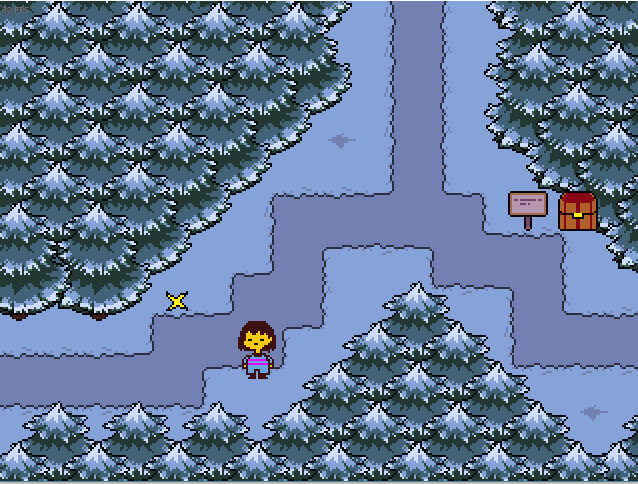
As you can see, between the pixel design of the character and the unisex features, it’s hard to say what the sex or gender of this character is. The game’s dialogue also supports this ambiguity, as the protagonist is only ever referred to using the name chosen by the player, and the pronouns you, your, they, their, and them. Later it is revealed that the name you have chosen for the character is actually the name of the first child to fall into the underground world, and that your character’s true name is Frisk, however even that name is genderless. Furthermore, the sexuality of the character is presented as ambiguous, with the game allowing you to flirt with characters of any sex, sexuality, or gender; at various points of the game, you also have the opportunity to take both men and women on dates. Even Frisk’s race is arguably somewhat ambiguous, as due to the graphics and the somewhat unrealistic use of yellow, the character’s ethnic identity can be debated.
One possible reason for Frisk’s ambiguity might be that it allows the player to project him- or herself onto them. A blogger for FemHype going by the penname Nightmare points out, “even if there is no character customization besides picking a name for the human, the game does a great job of making them feel like your avatar with the help of some simple, but smart tricks in the design.” Though one might argue that if the goal of the game were to allow players to project themselves onto Frisk, then further, specific customization should have been used (as it is in many RPGs), I—like Nightmare—would argue that using ambiguity works better than customization for the sake of projection, as customization might lead to what I call an “anti-avatar.” In games such as Mass Effect or Fable for instance, players might opt to make separate, distinct characters rather than creating avatars to represent themselves. They could play as a character that is stronger, smarter, older, younger, a different sex, a different race, or who has any number of different features. Rather than placing themselves in the story, they distance themselves through the use of a character of their own creation. An ambiguous but still relatable character such as Frisk makes the process of distancing oneself harder, as the game provides no means by which to imagine him/her as a distinct, separate entity.
Another possible reading for Frisk’s ambiguity that should also be mentioned is a comes from the actual terms you, your, they, their, and them. Though these words are used colloquially to refer to someone without using male or female pronouns, they refer grammatically to a group of multiple people. This is an important note to make, because in the genocide path, Frisk is shown to have been manipulated by an evil spirit the entire time, a spirit who perhaps quite tellingly has the name you have chosen. An alternative reading might be that they and you are actually referring to the duo that is Frisk and the person playing. In interpretation such as this, the player may be able to distance themselves from Frisk, but they are nonetheless being held accountable for the actions carried out by the character.
In either reading, the use of they allows the characters in Undertale to directly address the player through dialogue. When Toriel, the first friendly monster you encounter in the game, explains to Frisk that “you need not harm monsters” to progress, she is explaining that fact to the player in order to warn them that this game does not require killing. If you ignore her advice, other characters throughout the game will continue to comment on your misdeeds, either chastising you for your choices or suggesting alternatives. By continuing to address the player in this manner, the player is actively being blamed for his or her misdeeds. The characters continue to reaffirm that this is the “wrong” way to play the game, and so, in the same way that players cannot hide behind their characters, they cannot claim innocence through ignorance. They have plenty of chances to realize that what they are doing is wrong.
What is more, dialogue changes and adapts based on what it is that the player has specifically done and how they do it, which personalizes character dialogue, tailoring it to a specific player. Some monsters for instance, have specific relationships with other characters, and will make different comments based on how the player havs treated them. Undyne, a warrior who mentored one of the first bosses you must face, will either specifically chastise you for killing that character or befriend you if you showed kindness towards him. Even certain randomly appearing enemies have personal connections, such as Snow Drake, whose father can be found grieving in a pub if the player chooses to kill said enemy. Certain characters will also get special dialogue if you kill them after they have chosen to spare you. Perhaps most notably, if a player is preforming a pacifist run, they will unlock special side quests such as dates that bring them closer to the characters they have spared, while alternatively a player on the genocide path, will run into characters who hate and fear them, with areas that are normally populated by civilians becoming emptied out as it becomes apparent that they are fleeing you.
Above all the other characters however, no one’s commentary is more biting, more thorough than that of the character Sans. In a game full of nuanced characters, Sans might just be Undertale’s most complex character. At first glance he would appear to be a lazy, eternally smiling skeleton with a love of cheesy jokes and bad puns. As the character continues throughout the game however, it becomes apparent that there is more to this character than meets the eye. He continues to meet with your character, alluding to future events, and later it is revealed that despite his goofy, lethargic attitude, he has actually been protecting Frisk the entire game. More so than any other character (with the exception of Flowey, the game’s antagonist in pacifist and neutral runs), Sans seems to know he is in the game. He frequently breaks the fourth wall by winking at the player during bad jokes, he refers to scene transitions as “’shortcuts’ to other places,” and if a player winds up fighting him as a result of a genocide run, he begins to make use of the game’s functions to fight you, such as attacking your cursor and eventually refusing to take his turn in combat.
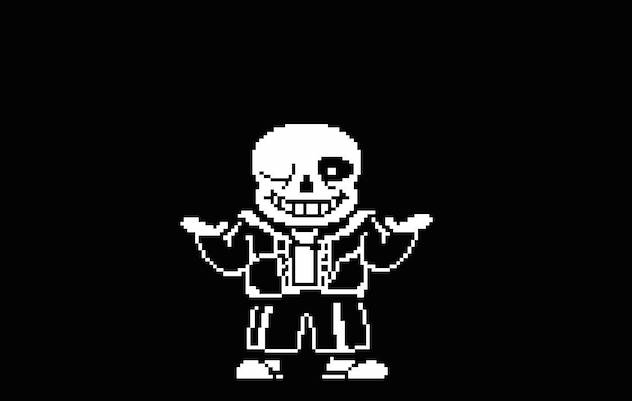
Sans is pivotal to understanding the game’s moral judgment of the player at the climax. This is clearest in a scene that occurs right before the player reaches the throne room, the area in which they can exit the underground world and end the game. In this scene, Frisk and the player encounter Sans who stands in a hallway to block their path. It is here that he reveals that EXP. and LV. stand for “Execution Points” and “Level of Violence.” Depending on how high your EXP. And LV. are, he will issue different judgments upon your character, ranging from the pacifist score of 0, in which he offers a sort of congratulatory speech and a warning for the necessary boss fight coming next; to slightly higher scores in which he asks you to consider your actions; to the highest scores around 19-20 in which he chastises you, shooting down any excuses the player might be thinking of, such as “self-defense” or “not knowing it was wrong.” In a genocide run of the game, Sans forgoes this judgment speech, electing to kill you instead, becoming a replacement final boss and what is likely the most challenging fight in the entire game. In a neutral ending of the game, he will call your phone after your escape from the underground and leave you a message. Similar to his judgment before your escape, the speech he gives is a reflection on your actions, this time specifically regarding the state of the boss characters depending on whether you chose to execute or befriend them. Depending on who you have spared, the after effects of your quest could range anywhere from an uneasy peace after the king’s death to a coming war as certain characters have become angry with your actions.
Sans’s speeches help to clue the player in to the game’s metanarrative, which seems to be a commentary on how video games are played and how certain play styles might effect a game’s narrative if taken into account. In the real world, your actions have consequences. People do not just disappear when you kill them, and anyone, even someone you perceive to be violent or cruel, still has loved ones and is situated socially within the world. There are of course other games that show repercussions for misdeeds, but in most cases these occur within the narrative as consequences for a character’s actions rather than the player’s. Undertale however, by directly mentioning features such as stat values, is directly commenting on how the game is being played rather than constructing a narrative where Frisk is either a hero or villain.
Further sharpening the judgment through metanarrative is the fact that, due to the nature of Undertale’s save function, it is impossible to completely erase one’s actions without deleting and reinstalling the game. Though the game allows players to save at their leisure, and to revert to previous saves, markers are placed within the games code after certain events, regardless of whether or not the player saves. In this way, the game never forgets what a player did on a previous playthrough. For instance, upon my first playthrough of the game, I accidentaly killed Toriel. Wanting to undo this action, I reverted as I would in any other game to retry the encounter. However upon doing so, the game changed. Toriel commented that I was looking at her “like you have seen a ghost,” and during the fight I had the option of telling her that I saw her die, although Frisk will avoid telling her even if you choose that option (Undertale). What is more, after successfully sparing Toriel, and moving on to the next area, I encountered Flowey, a sociopathic flower who later becomes the secret final boss of the game on a pacifist or neutral run. Upon meeting Flowey he stated, “Don’t act so cocky. I know what you did. You murdered her,” going on to mention that he knew I used “SAVE” to gain the powers of a “God.” As with referencing stats, this constructs a metanarrative around the player’s play style, leading to a continuity in which all of one’s mistakes and varying choices are equally real within the game’s world.
By incorporating references to the SAVE feature and the player’s alternate choices, Undertale not only forces judgement on the player by showing his or her involvement in the game; it also forces the player to contemplate the power he or she has in other games by taking that power away. This de-powering also occurs in other ways—for instance, in turning off the game during the final boss fight with Flowey. The boss fight begins with Flowey gaining control over the game, literally taking it away from the player and causing the game to “crash.” Upon reloading the game, it will appear to glitch, showing a fractured image, and leading to the title screen, which now presents a save file titled “Flowey” and a character level of “9999.” Clicking the file will lead the player to a blank screen containing only Frisk, who, if directed forward, will find a save point. Attempting to use the save file, the file will erase, with Flowey appearing and letting out a menacing laugh and explaining that your previous save file is indeed gone, but that you can continue to return to this point in time to watch yourself “die over and over again.” A fight begins that breaks from the standard conventions of what the player has come to expect from the game. There are no turns and movement is not restricted to a box. The game appears to “glitch” as it flashes to previous segments of the fight and makes use of static to switch the screen. Even the art style of the game changes.By removing your powers—such as turning off the game, saving, or even applying the skills you have previously learned—it forces you as player to understand the immense power you normally have over a game world.
In most games, you have god-like control over time due to saving, reloading, resetting, and even just your ability to walk away. Undertale may put blocks on that power, but that power ultimately remains. By constructing a metanarrative that includes the player, however, and by putting the player’s actions in the spotlight by forcing projection and by subverting traditional game mechanics, Undertale is able to cast judgment on the player. In doing so, it proves to be a more complex and thought-provoking moral simulation than other games. Here, a moral lesson is not given through judging or evaluating a character’s actions, but by an internal understanding of one’s own role in enacting violence. Furthermore, by causing one to consider the power players have over a game world, it provides a commentary on the role of power in general. Even after a pacifist run, upon reloading the game, the player is greeted by Flowey, who after being spared has become an ally. He congratulates the player on the happy ending, but warns that the characters of Undertale are still in danger, not from an in-game threat, but from the player. He claims if you reset the game, you will undo all the accomplishments and victories you fought so hard for. As it turns out, even power used for good must be given up eventually if those affected by that power are to thrive.
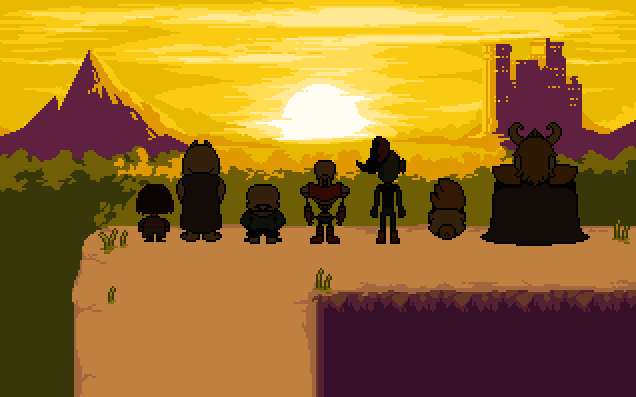

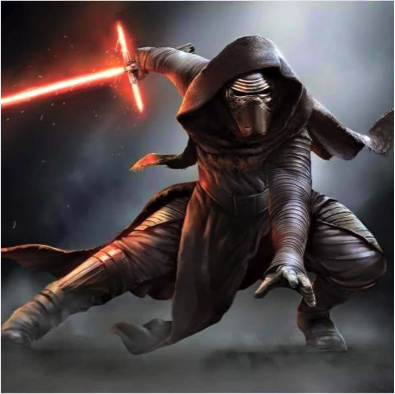
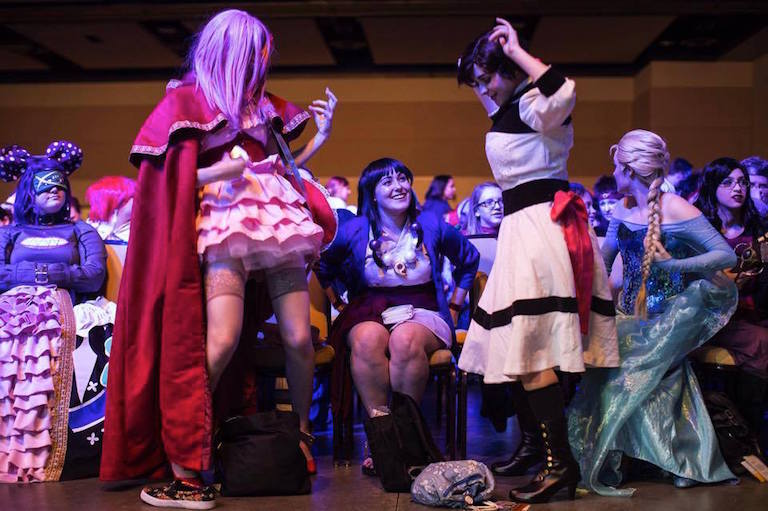


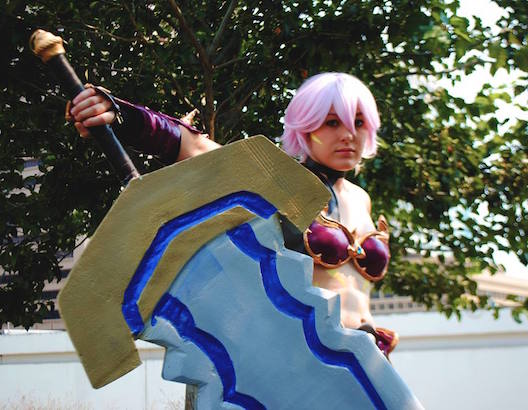
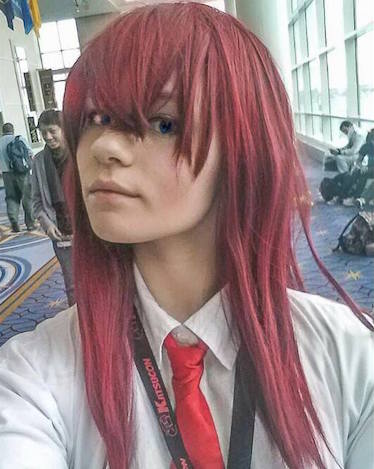
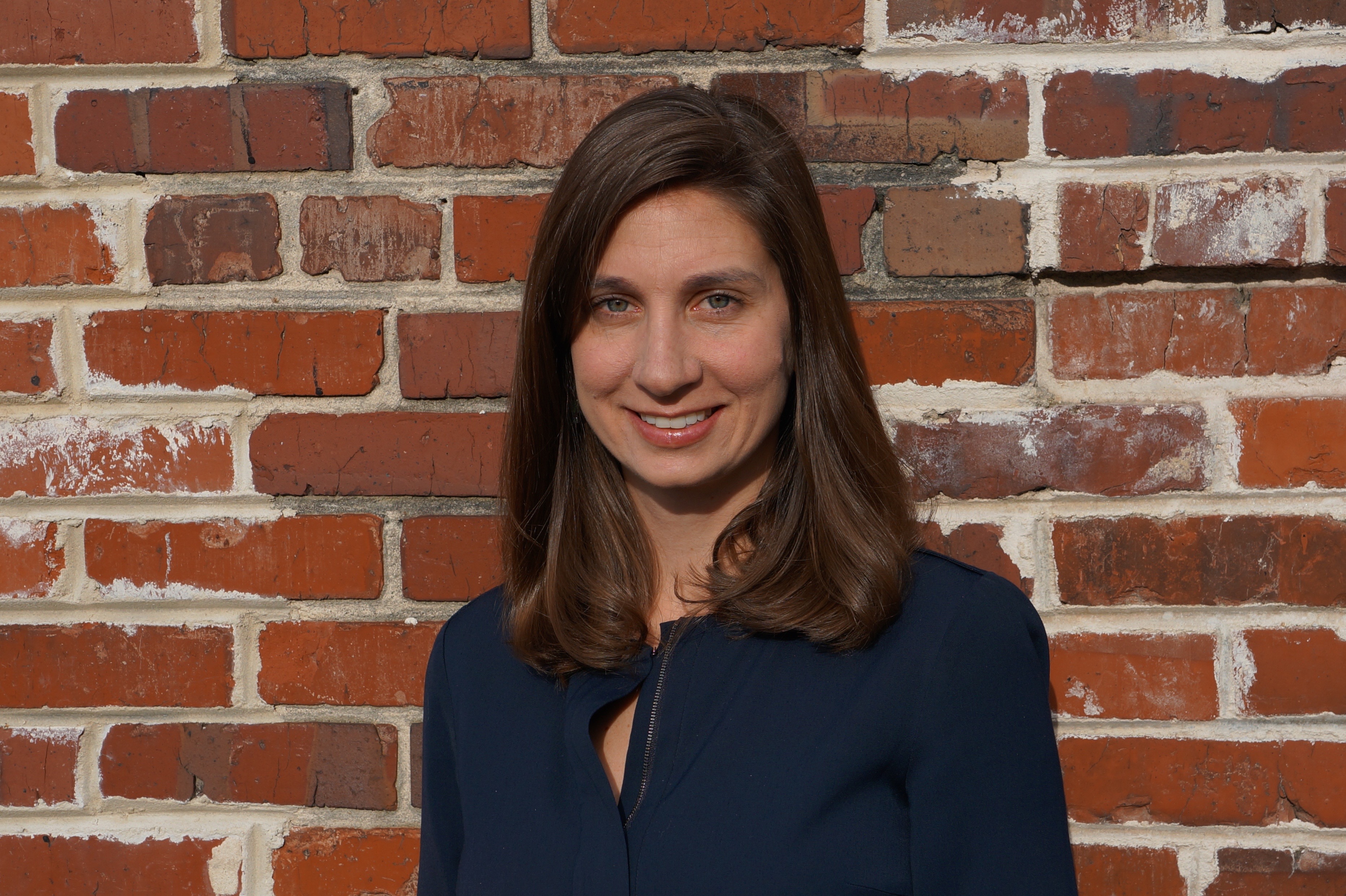
Recent Comments